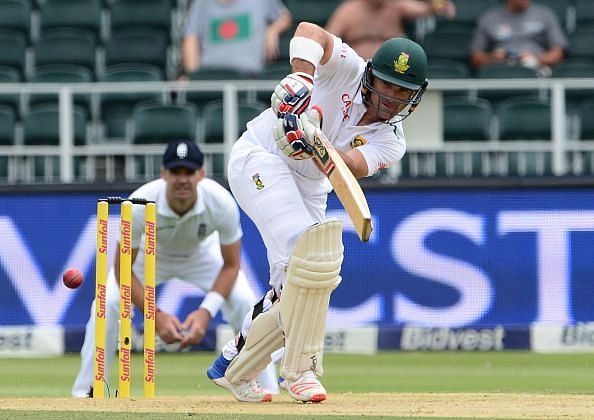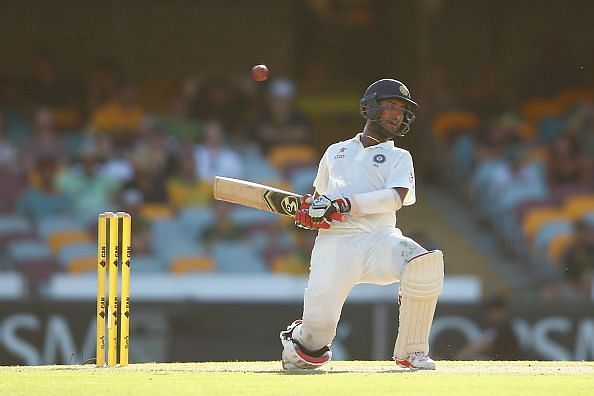
Bring back the draws

As South Africa ended day 4 with the score board reading reading 117 for 4 at the Kennington Oval in London, chasing an unlikely 492 for a victory, there weren’t many places offering free beers on getting the winner right. Yes, this is Test cricket with a distinct possibility of a team batting out 90+ overs on the final day to save a match but South Africa’s four main batters could barely survive 38 overs to even see off the penultimate day.
I am not betting on a draw. Only the notorious English rains can now hamper England’s conservative/smart (choose according to convenience) declaration under their new captain, Joe Root. But all of this is a little bit unnerving. How are situations becoming so predictable? Weren’t the words cricket, glorious and uncertainties used in a sentence together till late? It wasn’t only Kennington Oval, it happened at Lord’s and then it happened again at Trent Bridge. Teams capsizing as soon as a first innings lead was thrown in front of them. It was South Africa’s turn in the former, England’s in the latter.
Statistically the chances of a team winning or drawing the game is much lesser after conceding the first innings lead but I wanted to do this check across various decades in Test history. There wasn’t much of a surprise.

Barring the 1970s, the ongoing decade has seen the highest loss% for a team after they have conceded the first innings lead in the match. There is another way to read this data though, and that is the inference that as the limited-over formats have evolved, Test cricket has seen lesser number of draws.
The 1980s was a notorious decade for boring draw-a-thons and with growing concerns over Test cricket’s marketability, it eventually led us to a state where we thought that any Test which produces a result other than a draw is good for the game. Wrong. Test cricket is one of the very few formats in sporting history which has a genuine third result possible, a draw. I don’t remember them anymore.
It has to rain for a Test to be a draw in today’s world. There haven’t been many honest 450-over draws over the course of five days in the past few years. Teams play fast, set up bold declarations, oppositions for some reason always try to counterattack with the bat under pressure. It sometimes results in series like the current England-South Africa one where team struggles uncontrollably once under the pump or the ones involving spectacular comebacks in the form of a Dinesh Chandimal, 162 against India or a Kusal Mendis, 176 against Australia.
It shows in the table as well, the ongoing decade has the second-best win % after the 1990s but also the second-worst loss % for teams trailing after their first innings. Yes, more result oriented Tests have helped in skewing the numbers but isn’t draw a legitimate result as well? Where has the third result vanished in Tests?
Extra cover: Make Test cricket great again
This is not to say that teams should approach matches with the goal of securing a draw but once it senses familiar trouble, maybe being aggressive isn’t the most justifiable option in Tests. It heartens to see a Tenda Bavuma, a Dean Elgar, a Cheteshwar Pujara willing to bat out time. Almost exclusively.

Even in the recent past, India tried to mess with their Test batting order, in order to accommodate a batsman who could swing a Test match in a session, in an age where Tests don’t even last five days. Once the captain and the session-swinger had their dose at the number 3 spot, they had to hurry back to incorporate the batsman who had played more first class games than T20s.
England’s fascination with attack-minded batsmen began after their 2015 World Cup debacle and while it is completely sensible in the limited-over formats, it is anything but wise to try replicating it in Tests. Australia in the 2000s were a once in a generation team, it had all the license to afford an attacking mindset including the most fundamental of them all—bowlers to take 20 wickets on a regular basis anywhere in the world.
Trying to ape them to be a fast, successful, ruthless Test team isn’t the way forward in a decade which has historically been the worst for visiting teams in the history of Test cricket. The call is not for boring, dull cricket, the call is rather for teams to show more gumption and application once under the cosh and to survive long enough to pick future battles on personal terms. Meanwhile in London, Moeen Ali just picked up a hat-trick to finish South Africa. Beer, anyone?